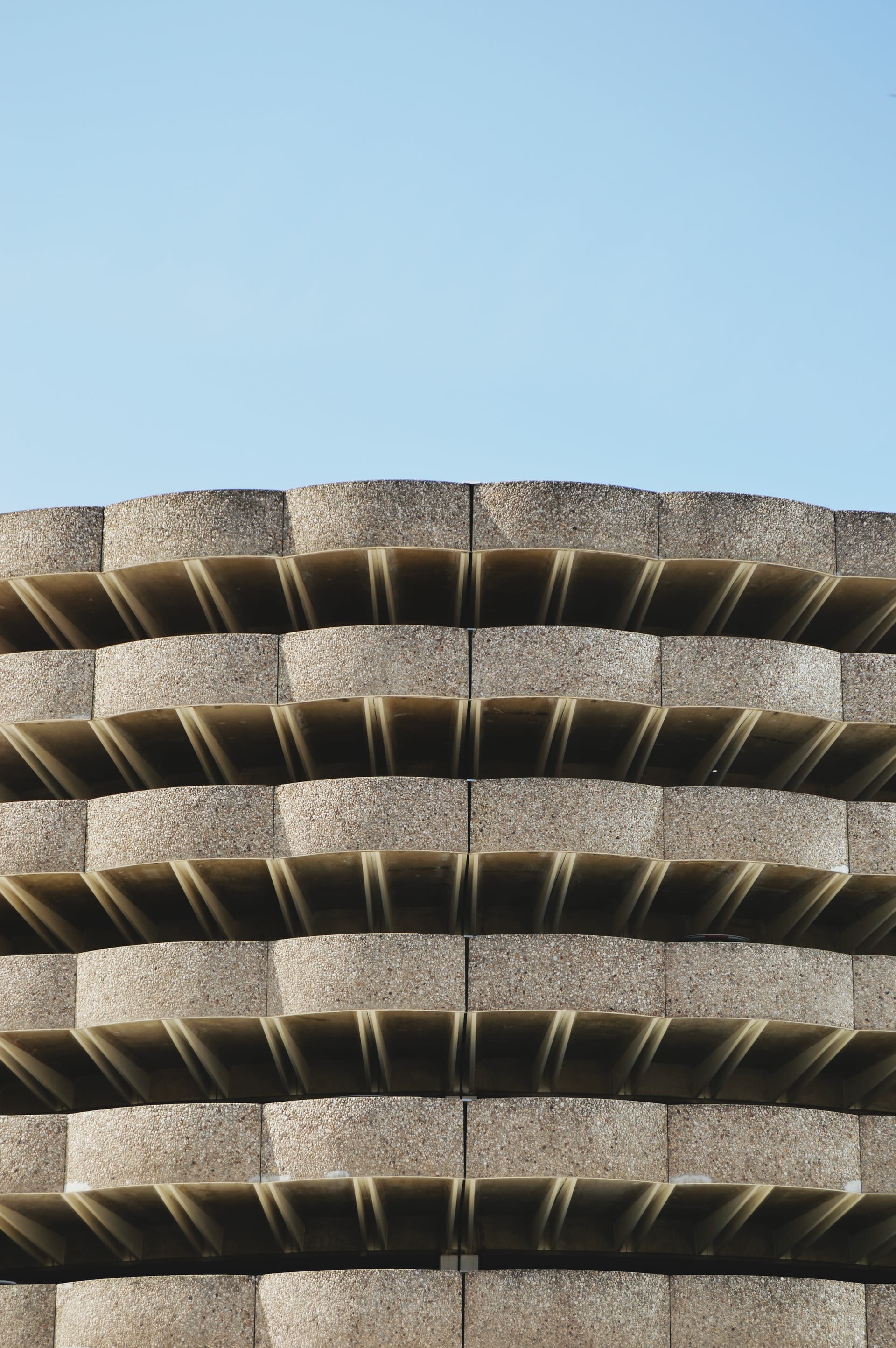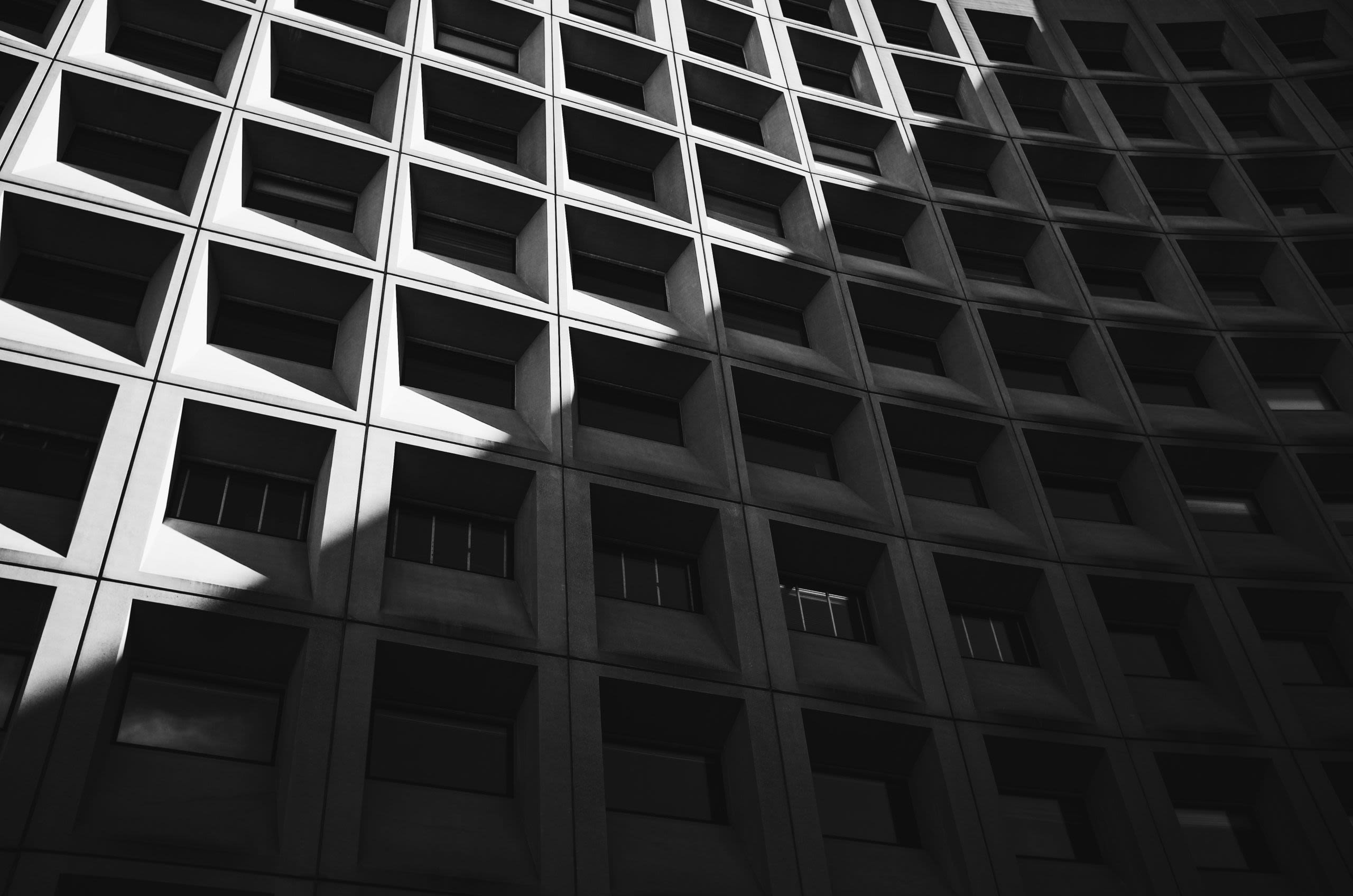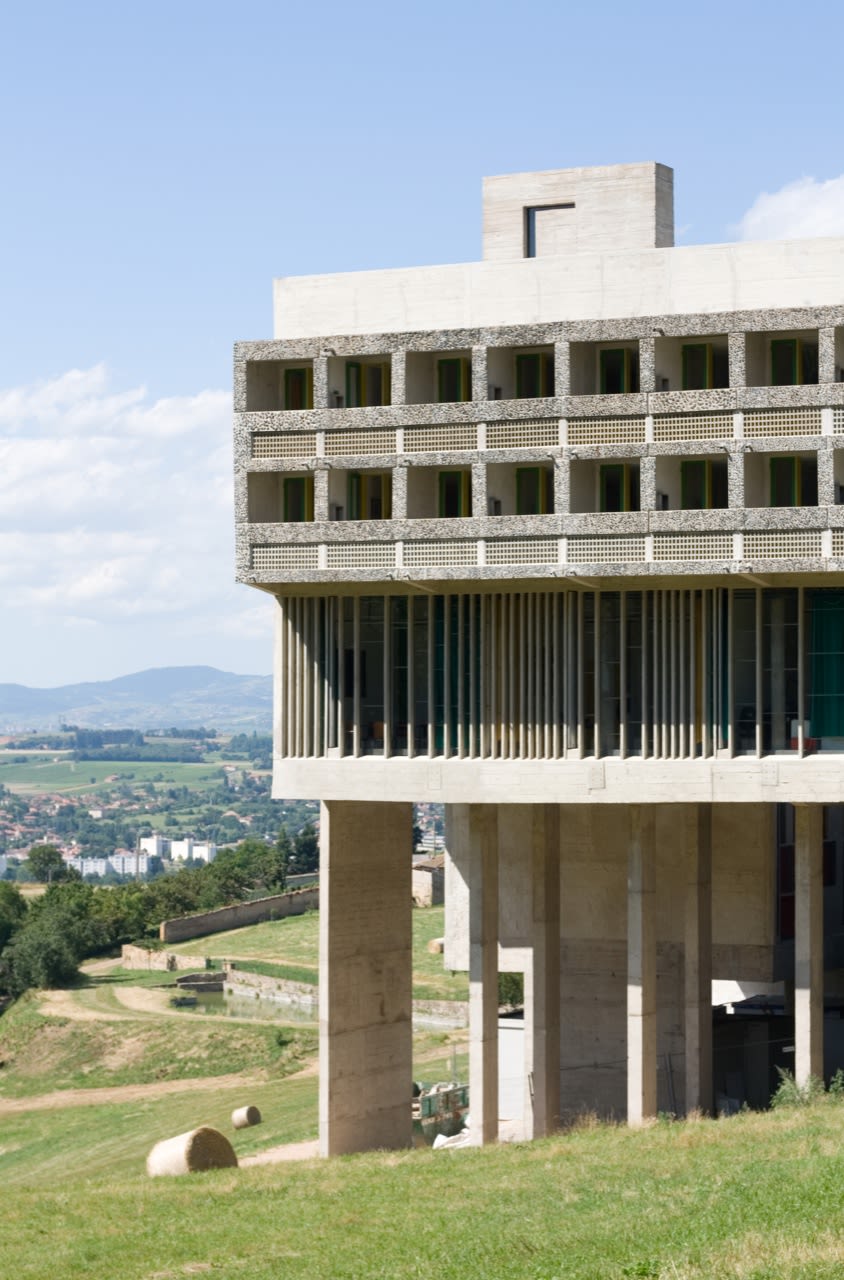The Beauty of Brutalism

The Beauty of Brutalism
The sense of beauty that people experience from Brutalist architecture is often misunderstood.
Brutalism as an aesthetic form emerged in the 1950s and came out of the 20th century modernist movements which sought a new alignment with the experience and values of modern industrial life. Brutalism's approach to construction is characterized by its large-scale 'blocky' appearances of rigid geometric styles and the unmasked appearance of raw building materials such as concrete.
Brutalist architecture finds itself consistently regarded as being unwelcoming and unattractive. Because of this, it has become an endangered species of architecture through neglect and mistreatment. In extreme cases, examples of Brutalism that have been recognized as significant for heritage and special interest have faced a risk of demolishment despite versed calls for preservation.


Christophe Laurenceau, Untitled., (2017). Washington D.C., United States of America. Photograph. Licenced under Unsplash.
Christophe Laurenceau, Untitled., (2017). Washington D.C., United States of America. Photograph. Licenced under Unsplash.

The term 'Brutalism' derives from the French term 'Béton brut' which translates to "raw concrete". Within the world of architecture, the term was first associated with Le Corbusier who began designing Brutalist buildings in the late 1940's.
Le Corbusier's La Tourette was the architects final building, it stands high on a hillside near Lyon in France and operates as a convent. Its structural form is one of reinforced concrete with undulating glass surfaces located on three of the four exterior faces, which were designed by Iannis Xenakis.
Brutalism favours a minimalist approach to construction which showcases the buildings bare materials and structural elements over decorative design.
In Durham there are some great examples of Brutalism which all have their own unique appearance and interesting history. We hope this exhibition will instil appreciation for Durham's Brutalism and encourage people to visit the sites for themselves as part of their own 'Summer in the City'.
List of Images
1. Lucas Gallone., Untitled., (2017). Lyon, France. Licenced under Unsplash.
2. Lucas Gallone., Untitled., (2017). Lyon, France. Licenced under Unsplash.
3. Christophe Laurenceau, Untitled., (2017). Washington D.C., United States of America. Photograph. Licenced under Unsplash.
4. La Tourette 2010 - designed by Le Corbusier in 1953, and constructed between 1956-1960. Éveux, France. Photograph taken by Andrew Carr licensed under CC BY-NC-ND 2.0.


